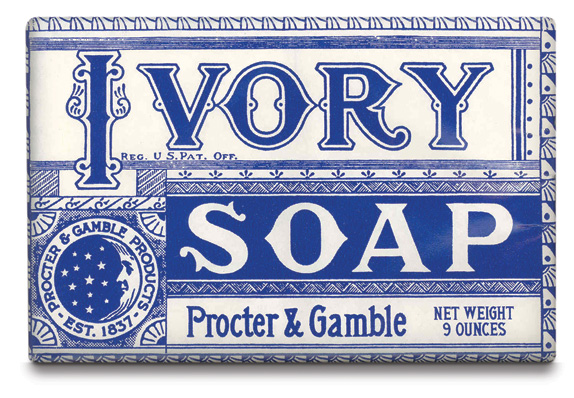“Half the money I spend on advertising is wasted; the trouble is I don’t know which half.” –John Wanamaker
Throughout the history of advertising, drawing a line between an asset and a sale has been notoriously difficult, but the Internet changed that. In its infancy, it offered a distinct advantage over its older, offline predecessors in the form of measurability. But despite the enormous progress made, the online advertising industry continues to face several challenges including a critical dilemma known as the attribution problem.
Neil Mason, SVP of Customer Engagement at iJento, writes, “Marketing attribution is both a business problem and an analytical problem. The business problem is simple: ‘How do I best spend my budget?’ The analytical problem is a bit more complex: ‘How do I develop a methodology that delivers some valuable insight to solve the business problem with the data, time, and budget available?’”
Currently, the last impression or click served is attributed as being the tipping point in a purchase and fails to credit other touch points thus discounting the impact of previous ad impressions made previously. By ignoring the contribution of previous ads, the current system devalues high impact ads and obfuscates the impact of social media on downstream conversion.
Think about the last time you saw a movie. What coaxed you into seeing it? Was it a billboard, a trailer, something you heard on the radio or maybe a mention on Facebook? In reality, all of those touch points probably contributed towards you making that decision in part. With regards to the attribution problem, only the last interaction is credited with a conversion. If that were the Facebook ad, should movie studios then decide to allocate more of their ad spend towards Facebook ads? Well no, not necessarily at least.
Last November, IBM issued its annual Black Friday Report analyzing sales trends and year over year changes on a percentage basis. In 2012, online sales for doomsday Black Friday increased 17.4%, contributing to a 20.7% overall surge in sales. Pretty surprisingly, it goes on to say that Twitter delivered 0% of referral traffic and Facebook just 0.68%. And finally that between Facebook, Twitter, LinkedIn and YouTube, the social sites generated 0.34% of all online sales on Black Friday, down just over 35% from 2011.
But before you abandon your ad spend on the aforementioned social media services, you should probably take the report with a gain of salt. Because it doesn’t disclose the methodology used to compile the results, it’s difficult to assess how significant the data is without the proper context. Curiously, it’s worth noting that Black Friday is a day where retailers push to get people into stores, not make purchases online. It would’ve been interesting to see follow up data from Cyber Monday in a second report, but it doesn’t seem as if that was taken into consideration.
That said, this doesn’t mean that Twitter or any of the other social media sites aren’t driving referral traffic or that they don’t have the capacity to influence, neither of which is true obviously. What it does indicate is that there are serious issues in tracking and quantifying downstream conversion when it should clearly demonstrate a return on investment (ROI) to businesses willing to shell out precious advertising cash.
In a Forbes article on “Search vs. Display Advertising,” Michael Blanding writes, “Faced with this conundrum, most companies allocate their advertising budgets in a an ad hoc manner—throwing money into whatever bucket they perceive to have most influenced past purchase decisions leading firms to overspend on some actions and thus waste money and/or under spend in others.” Blanding goes on to say, “The only way to truly determine the efficacy of display ads versus search ads is to watch the effects over time, and to see how modifications in budget allocations change customers’ purchase decisions.”
That’s exactly what Sunil Gupta, a professor of business administration at Harvard would do in a working paper titled, “Do Display Ads Influence Search? Attribution and Dynamics in Online Advertising.” Through the use of persistence modeling, Gupta along with Pavel Kireyev and Koen Pauwels were able to figure out the ROI on search and display ads for every $1 spent by a major US bank in new customer acquisition. By first calculating the expected effect of advertising and later using a series of regressions over time to isolate the effects of display and search ads, the three were able to see how changes in ad budgets change those expectations over time and optimize ad spend.
Unfortunately, the overwhelming majority of us don’t have Harvard business school professors available to fine tune our ad budgets or expertise in advanced statistics, so we’ll have to tough it out on our own. But going back to Mr. Blanding’s article, you’ll have to tinker with your ad budget to figure out where you should be spending ad dollars and where you should taper back. Don’t be discouraged if ads fall flat. That’s really just the nature of the beast.
Have questions? Leave a comment in the box below or fill out a contact form here. We would be happy to work with you to create a plan that best serves your business by maximizing your ad dollars.
Photo Credit: Inc.com, IBM


